Not an auspicious start. I stood under the regularly irregular German rain in front of one of Skulptur Projekte’s posters, annoyed by what might be the worst designed print ever: the name of the event in a poorly handmade typography and a peace symbol floating over a morass of fluorescent colors. After a first glance at some of Münster’s scattered sculptures, I scanned early returns for an overarching coherence: the works of Lara Favaretto, Justin Matherly, Christian Odzuck, or Oscar Tuazon are neither hippy, nor naïve, and certainly not chromatic. In fact, until now, the predominant tone of this conclave of site specifics was as grey as the skies of Münster.
However, the fifth edition of Skulptur Projekte Münster (SPM) – a decennial event of sculptures in public spaces, shepherded since its first edition in 1977 by Kasper König – is not, despite first impressions, an ode to cement. The 35 commissioned works (all newly created, except Thomas Schütte’s 2011 Nuclear Temple), accompanied by an educative program, a series of lectures, the SPM archive, an editorial work-in-progress with a team of writers in residence, and the novel incorporation of a second location at Marl, all converge around a similar theme. Together, they constitute a persuasive tribute to subtle, affecting variations on familiar local routine.
This is not an event for exhibition runners, for Instagrammers, for the go-to-be-seen set from art fairs or Venice Biennales. By the second day of cross-country site-scoping, all those trophy hunters had sought shelter in their hotel rooms, hanging up shiny socks on radiators. This is not for them. To fully enjoy and understand SPM’s offerings you must pace further across the city (and its history), at a measured, resolutely unspectacular pace. While many biennials and summer festivals struggle at the intersection of the local and international, SPM’s best moments were directed at the people who live in Münster in the decades in between shows.
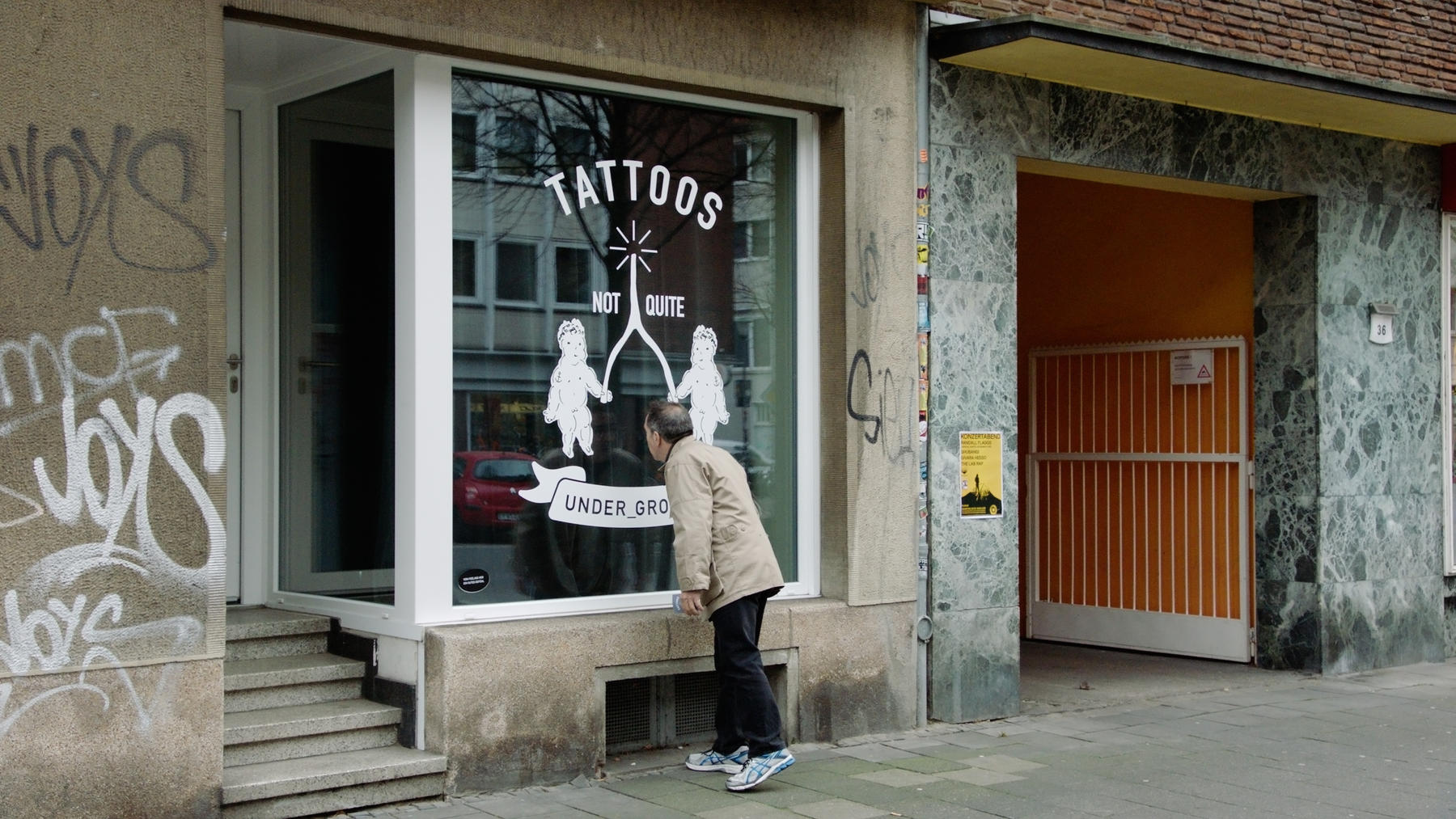
Michael Smith, “Not Quite Under_Ground,” (still image from film), 2017. ©Skulptur Projekte 2017. Image courtesy artviewer.org.
Almost all of the commissioned pieces are located outside of typical art spaces: an Asian corner store, an abandoned ice rink, the public library, a garden shed. Outside of their customary confines in galleries and museums, the artworks’ intersections with the daily lives of residents become all the more interesting; tellingly these locals often seemed to understand the works best. In this sense, the exhibition is the product of the perfect equation: art that addresses local history, but at the same time feels gratifying and broadly accessible.
After 40 years, the citizens of Münster seem cozy with SPM’s routine strangeness. Cosima von Bonin and Tom Burr have installed, adjacent to a public-space Henry Moore (one of the town’s proudest permanent fixtures), a truck with a timidly open transportation box the precise size of the sculpture. The visual joke was perhaps a subtle reference to the skepticism shown by the residents during the first edition of the SPM, ambivalent as they were about 1970s Minimalism.
Elsewhere, De Burca and Wagner transformed a discotheque into a projector room, where their video Bye Bye Germany! A Life Melody (2017), played endlessly on loop. The piece is a parody of the German pop style schlager, a kind of kitsch music shaped by its supposedly reconciliatory, nationalism-infused singalongs. The artists employ local producers and singers to narrate a trivial love story, which is, ultimately, of secondary concern: the real subject here is the triumphal recreation of the schlager, the clear parody of a familiar, escapist way to exorcise ancient traumas in amnesiac times.
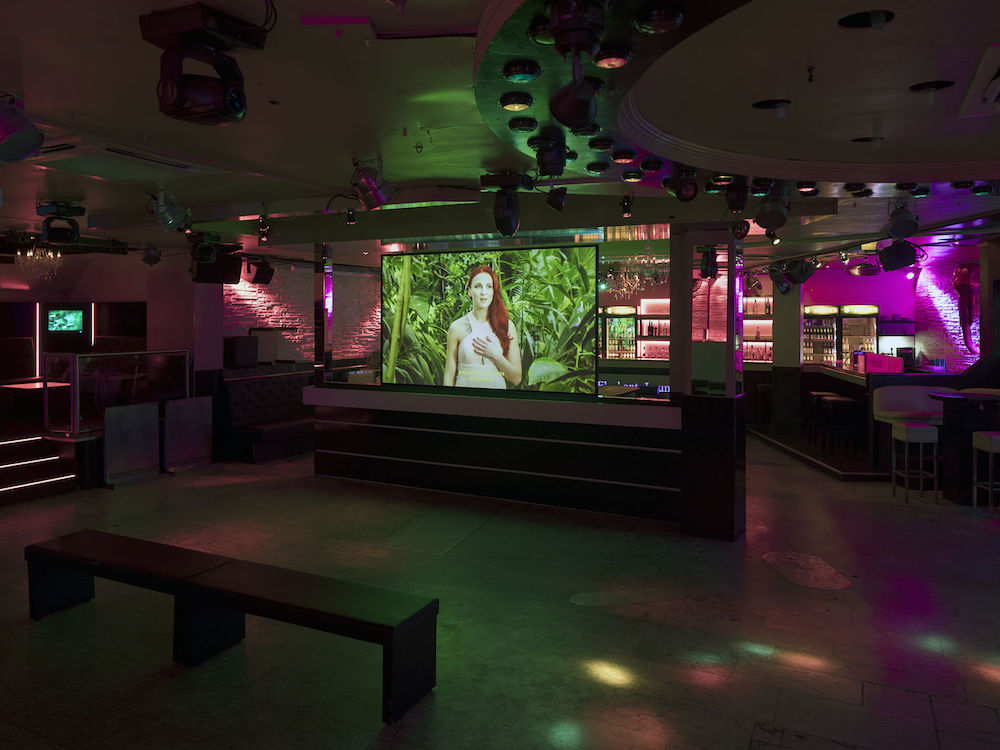
Wagner & De Burca, “Bye Bye Deutschland! Eine Lebensmelodie” [Bye Bye Germany! A Life Melody], 2017. ©Skulptur Projekte 2017. Photo: Henning Rogge.
“Demented forces pushed me madly ‘round a treadmill”, yells Robert Wyatt in his song “Free will and testament.” These works, among other notable efforts by Gerard Byrne, Michael Dean, Andreas Bunte, Mika Rottenberg, and Nora Schultz, penetrate to the “demented forces” beneath the fragile hemisphere that covers over our apparently benevolent reality. Impersonations, enlargements, and time-reversed displacements warp the everyday, delivering us into an enduring state of alarm. A relentless questioning is superimposed over quiet complacent life.
All this runs alongside a simultaneous formal question. What is – in 2017– a sculpture? This discipline has been atomized and today, a video accessible by QR code, (Bunte ‘s Laboratory Life (2017)), a tattoo (Not Quite Under_Ground, 2017, by Michael Smith), or a musical composition (Emeka Ogboh’s Passage through Moondog/Quiet Storm (2017)) seem as material as a ton of concrete. Some works – like Pierre Huyghe’s hyper-ambitious, and much-discussed contribution – succeed in probing the bounds of their form and media.
Concrete floor of ice rink, conus textile, sand, clay, phreatic water, bacteria, algae, bee, chimera peacock, aquarium, black switchable glass, incubator, human cancer cells, genetic algorithm, GloFish (What the fuck is a GloFish?), augmented reality, automated ceiling structure, rain, ammoniac, and logic game. These are the ingredients of Huyghe’s After Alife Ahead (2017). The spectator entering this muddy landscape might be mesmerized by the technological details of the meticulously assembled ecosystem, though the ultimate result could be quickly described as a sort of advanced child’s playground for constructing artificial anthills. Or, more generously, it could be read as a zoomed-out analogue for the reconstruction of Münster.
During World War II, most of the city’s buildings were destroyed; bombings by the RAF Command severely damaged the center of the town. After the war, the reconstruction plan was to re-erect edifices with the same charm as before, using original materials. Münster was, by the mid-‘60s, a replica of the devastated city. What Huyghe presents is a similar sort of reconstructionist thinking, unfolding at the hands of small life over geologic timescales. Might we not imagine in their toil the shaping of Münster’s wasted landscape by life after the last Ice Age (or, perhaps, its post-anthropocene rebuild)?
But science fiction aside, the issue very much on the German psyche today, evident in the results of the last general elections, is the refugee crisis. The people’s answer has been, at least partly, translated through the alarming rise of an ultraconservative party. Perhaps we can detect an indirect reaction lurking in certain SPM artworks: the performances of Alexandra Pirici, the moneybox of Favaretto, some scenes in Hito Steyerl’s video-installation, and the ingenious communitarian meetings delivered by Koki Tanaka. Some are sharp and impactful works, like Pirici´s Leaking Territories (2017), a daily choreography that interacts with the public; but viewed as a whole against such volatile times, and at the geographic center of a turbulent European decade, it feels like a conspicuously shy political stance. The show’s major successes did not come from looking outwards.
Jeremy Deller’s gentle contribution, Speak to the Earth and It Will Tell You (2007-17), perhaps most lucidly encapsulates SPM’s combination of temporal scope and deep investiture in the local. A decade ago, he began a relation with members of a local garden club, a place that, if it’s thought of at all, is generally considered communal terrain, where elders spend their time planting cucumbers. But in this city, the garden club is a fascinating cult with more rules than a Go game. Deller’s shrewd intervention consisted in simply endowing empty journals to the amateur gardeners, who filled the pages describing years of everydayness with photographs, drawings, and text: the legacies of their parties, their elections, and their beer-guzzling get-togethers.
Deller also contrived, after the last SPM, to grow Dove trees, which appropriately take ten years to blossom. Sadly, though, the dismal German weather was not accommodating, and there were no blooms. With that failure, however, comes a unique success. The enormous, enviable privilege of the SPM is its periodicity, and Deller´s setup takes advantage of this feature. The sheer consequence of carrying out a collective project, a community in process over the long term, is a singular thrill, even when its execution is partly thwarted by the climate, one of a thousand potential intervening variables. Projects like Deller’s do not glisten with immediate, universal recognizability like a Henry Moore, but perhaps that’s the point. The best art is perhaps nothing more than a seed, planted with the hope that the soil will be fertile. Even if the seed is as quaint as all this.

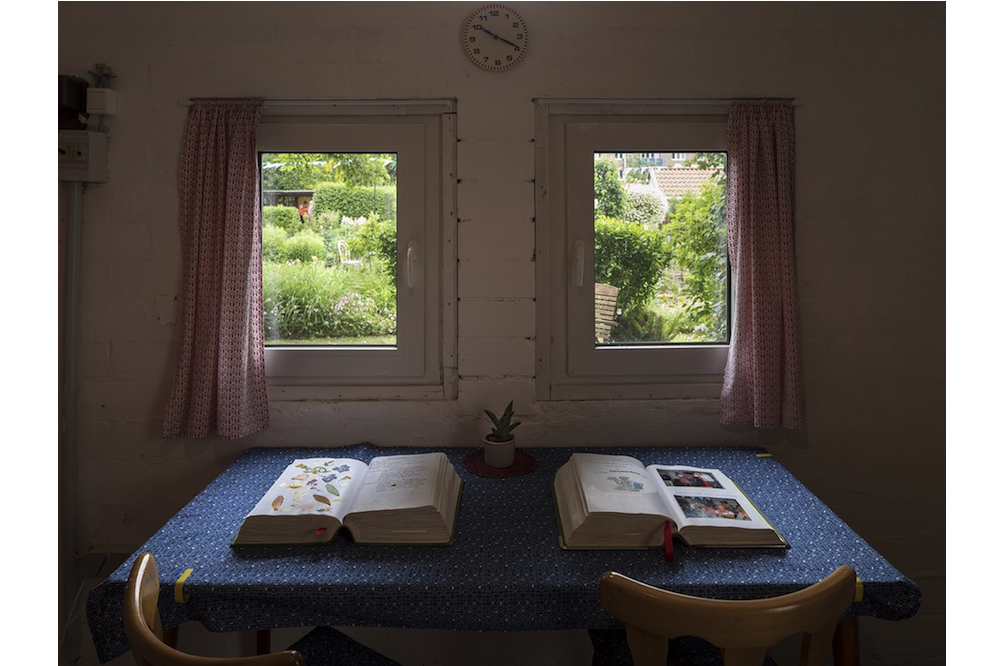




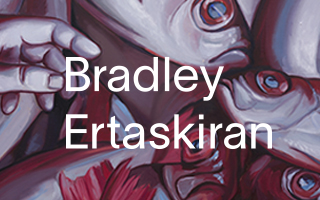


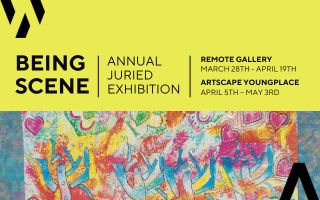
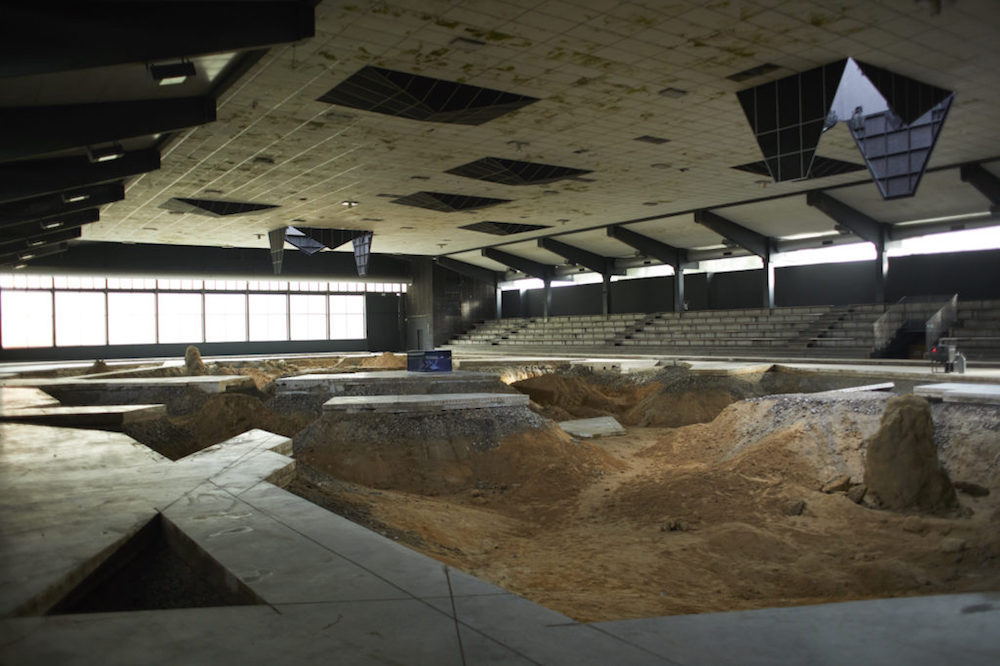

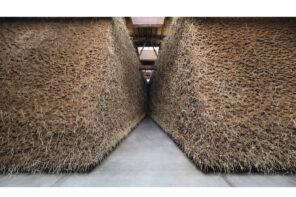
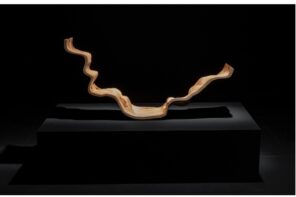
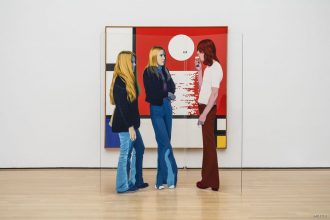
1 Comment